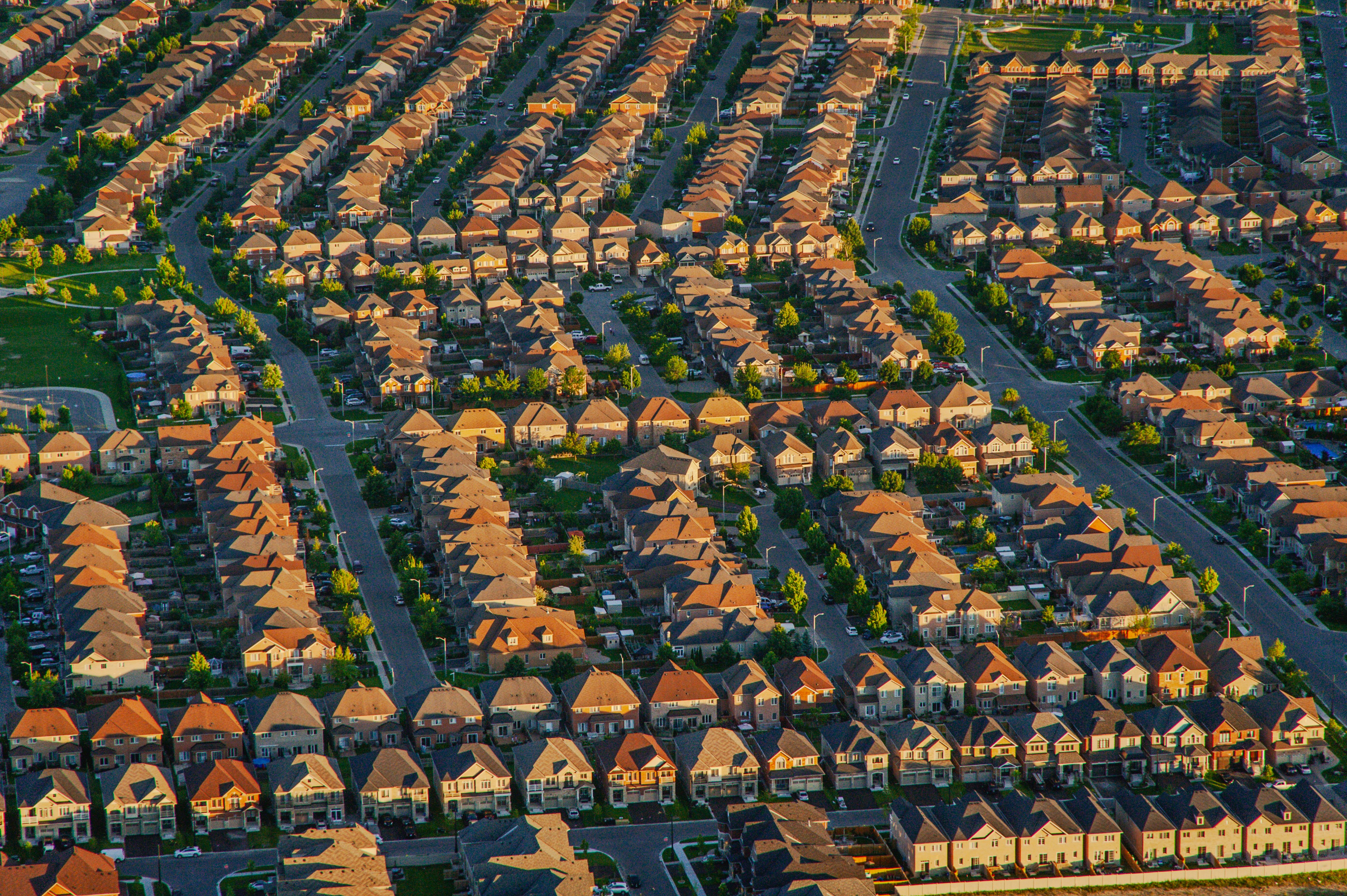To tackle the environmental crisis, we need to rethink everything, from how we design products to how we hold companies accountable. Real sustainability is about systemic change, innovative solutions, and, yes, consumer awareness.

Sustainability Requires Systemic Change
Let’s get one thing straight: sustainability isn’t about quick fixes. It’s not enough to slap a “made with recycled materials” sticker on a product and call it a day. True sustainability requires a fundamental shift in how things are designed, made, and disposed of. We’re talking about blowing up the old-school, linear “take-make-waste” model and replacing it with something better, something circular, regenerative, and focused on the future.
The problem with the current system is that most industries are still stuck in a single-use, throwaway culture. Products are designed to break, wear out, or become irrelevant in a matter of months. Fast fashion is a huge culprit. Electronics? Even worse. What happens to all that stuff when we’re done with it? They head straight to landfills, oceans, and incinerators.
So, what does systemic change look like? It starts with product design. In the context of today’s short-lived overconsumption trend, it may be hard to imagine, but there was once a time where everything you aquired (clothes, tech, furniture) were designed to last. This means more than just last longer. It entails being built to be repaired, reused, and even taken apart to create new products. This alone would spur a dramatic reduction in waste.
Some companies are starting to get it, and in doing so are finding a market for sustainable designs. Fairphone, for example, makes smartphones that you can easily repair yourself. There’s no need to toss it out when the battery dies or the screen cracks; just pop in a new part instead. And then there’s Patagonia, which runs repair programs and takes back old gear to be reused. This is what a more circular economy looks like: keeping products in circulation, not creating more trash.
But it’s not just about design, we also have to look at the supply chain. The products we use don’t exist in isolation; they come from global networks of raw materials, labor, and energy. To be truly sustainable, we need transparent, ethical supply chains. No more child labor, no more exploitation of communities, no more massive carbon footprints from transporting goods across the world. Systemic change means rebuilding from the ground up.

Tech and Innovation are Sustainability Musts
Innovation is the magic word often invoked in climate summits as the catch all for environmental problem solving. It’s not quite that simple, and it would be dangerous for us to write off a crisis on the promise of technology that often doesn’t yet exist. That being said, we can neither dispel the importance of technological innovation in building meaningful sustainability For years, we’ve relied on unsustainable practices, fossil fuels, single-use plastics, and toxic chemicals, because they were cheap and easy. But we do already have much of the technology and the creativity to do things differently. The future of sustainability needs material innovation and technological breakthroughs.
And it’s not just about new materials. Renewable energy technologies like solar, wind, and battery storage are already reducing carbon emissions in sectors once considered impossible to decarbonize. We’ve developed smart grids to distribute energy more efficiently and AI-powered tools to help us understand and mitigate climate risks. Innovation is driving real change, and it’s happening faster than many of us give it credit for.
Innovation gives us hope and proof that even the most polluting industries (fashion, tech, manufacturing) can evolve. At the same time, we need to scale these innovations, support them, and make sure they’re part of a larger strategy for systemic change.

Conscious Consumption is Critical
Here’s the truth: consumers have power. A lot of it. But with that power comes responsibility. If we don’t know how our consumption impacts the planet, how are we supposed to make better choices? This is precisely why consumer awareness and conscious consumption are so important right now.
Being a conscious consumer isn’t just about knowing which brands are “green” or “ethical.” It’s about understanding the bigger picture: how products are made, who’s making them, and what happens after we’re done with them. It’s asking the tough questions: Is this product designed to last? Was it made with respect for people and the planet? And most importantly, do I even need this?
Let’s talk about demand. When consumers start choosing sustainable products en masse, businesses take notice. We’ve already seen it happen. The rise of organic food, plant-based diets, and low-waste living is all the result of consumer pressure. Brands follow the money, and if we start demanding more from them (more transparency, ethics, and sustainability) they’ll be left with little choice but to adapt in meaningful ways that go beyond shallow greenwashing.
We’re seeing a shift toward slow fashion, ethical production, and circular models precisely because of widespread consumer critique of unsustainable overconsumption and an emerging appetite for something better. Social media has given consumers an ever larger platform to amplify their voices. Movements like de-influencing, where influencers are encouraging people to stop over-consuming and start making mindful choices, are gaining traction. Conscious consumption is no longer just a personal journey, it’s a collective movement.
And here’s the thing: we’re just getting started. The more we understand the impact of our choices, the more power we have to change the system. Every decision we make, whether it’s what we buy, how we dispose of it, or which companies we support, adds up.
The Bottom Line
Systemic change, innovation, and consumer awareness. These are the three pillars of a sustainable future. We need to rethink how industries operate, support the innovations that make sustainability possible, and, as consumers, hold businesses accountable. It’s not going to happen overnight, but it’s happening, and we’re all part of it.





